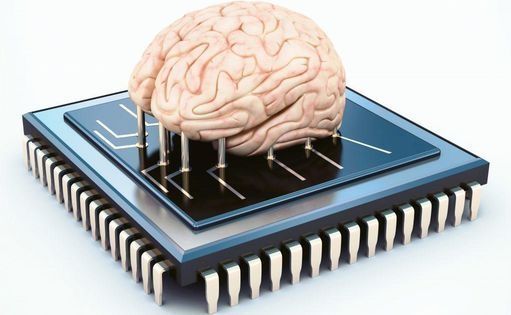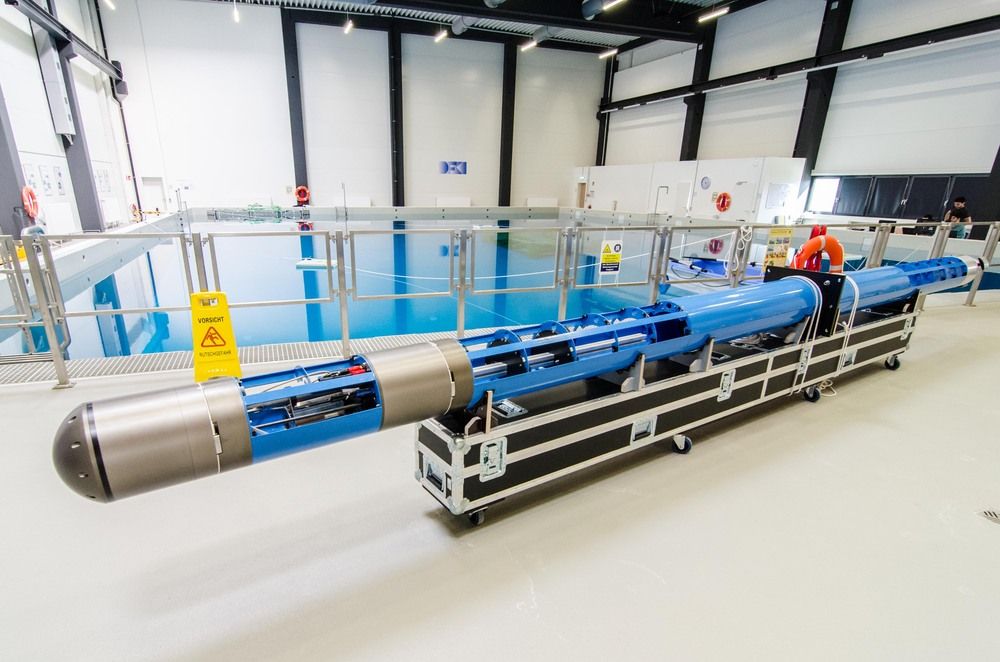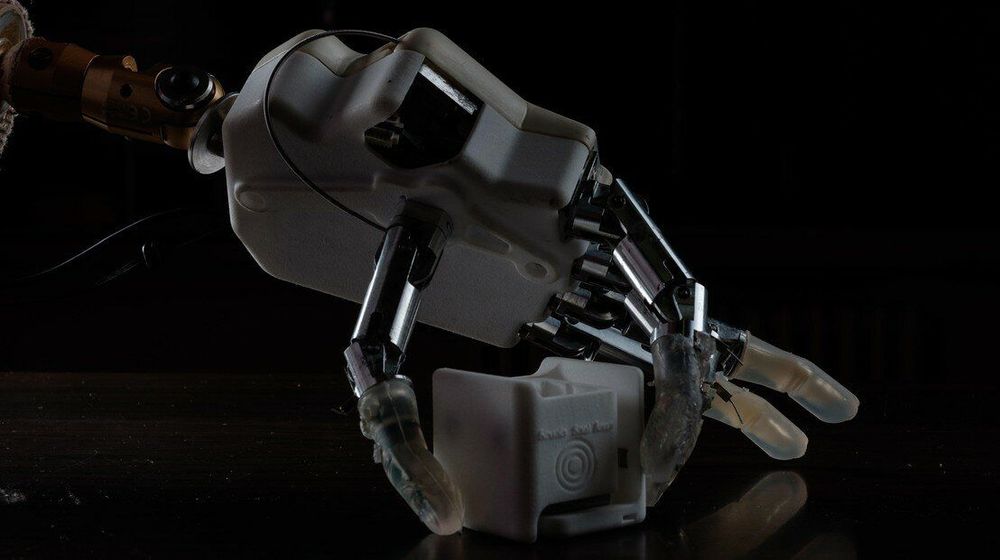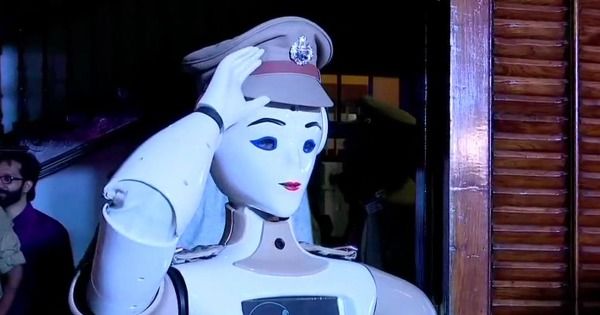How do you balance openness and responsibility?



Introduction
The rise of https://www.humanbrainproject.eu/en/silicon-brains/” target=”_blank” rel=” nofollow noopener noreferrer” data-ga-track=” ExternalLink: https://www.humanbrainproject.eu/en/silicon-brains/”>the https://www.humanbrainproject.eu/en/silicon-brains/” target=”_blank” rel=” nofollow noopener noreferrer” data-ga-track=” ExternalLink: https://www.humanbrainproject.eu/en/silicon-brains/”>silicon brain that can give rise to thought, emotion and behavior in a machine seems to be on the way. This is mainly due to rapid advances in software and hardware that are paving the way for next generation computational systems with cognitive abilities modeled after the human brain. This will prove to be a significant evolutionary development and especially important to enhancing https://www.informationweek.com/big-data/ai-machine-learning…id/1331480” target=”_blank” rel=” nofollow noopener noreferrer” data-ga-track=” ExternalLink: https://www.informationweek.com/big-data/ai-machine-learning…id/1331480”>machine intelligence for the complex problems that need to be solved for the future of humanity. So, as we envision a rapidly evolving silicon brain taking in the data from its surroundings in cyberspace, geospace, space (CGS) and run the data through some known/unknown computing processes and then tell the computer/machine to act, feel or behave in a certain way seems to bring humanity a lot more questions than answers. This is mainly because it is not known how the information on the silicon brain will be processed, stored or recalled; how the computer commands will emerge and become effective, and even how the silicon brain will experience the sensory world around it in CGS, and how it will think, feel or empathize.
As we evaluate all these emerging questions surrounding the rise of the silicon brain, there is an intense effort already going on to create neuromorphic chips that can mimic the human brain. There is also an initiative emerging to create a neuromorphic chip based on an octopus brain. While the emerging neuromorphic chips are still nowhere near as capable as a human brain or octopus brain, much is expected to change for machine intelligence very rapidly in the coming years, as these chips begin learning to process available sensory data from CGS to evolve their abilities in real time for the goals defined for them.

An ice-penetrating robotic system to transport an exploration AUV.
TheTeredo IceShuttle is a robotic probe which is capable to transport a payload through an ice-shield towards an environment located beneath the ice. The System is developed in context of the project Europa-Explore r. For that project, a set of robots are developed to model the exploration of the hypothesized ocean on Jupiters icy moon Europa by an analog mission on earth. Within the scenario the IceShuttle transports an autonomous underwater vehicle (AUV) as its payload. (image below)

Universities and big pharmaceutical companies are unlikely to match those resources. But thanks to cloud computing services offered by Google and other tech giants, the price of computing power continues to drop. Dr. AlQuraishi urged the life-sciences community to shift more attention toward the kind of A.I. work practiced by DeepMind.
Researchers at DeepMind, owned by Google’s parent company, and other companies are applying their powerful A.I. systems to drug discovery research.

Researchers have developed a next-generation bionic hand that allows amputees to regain their proprioception. The results of the study, which have been published in Science Robotics, are the culmination of ten years of robotics research.
The next-generation bionic hand, developed by researchers from EPFL, the Sant’Anna School of Advanced Studies in Pisa and the A. Gemelli University Polyclinic in Rome, enables amputees to regain a very subtle, close-to-natural sense of touch. The scientists managed to reproduce the feeling of proprioception, which is our brain’s capacity to instantly and accurately sense the position of our limbs during and after movement – even in the dark or with our eyes closed.
The new device allows patients to reach out for an object on a table and to ascertain an item’s consistency, shape, position and size without having to look at it. The prosthesis has been successfully tested on several patients and works by stimulating the nerves in the amputee’s stump. The nerves can then provide sensory feedback to the patients in real time – almost like they do in a natural hand.

Circa 2015
Death is the one thing that’s guaranteed in today’s uncertain world, but now a new start-up called Humai thinks it might be able to get rid of that inconvenient problem for us too, by promising to transfer people’s consciousness into a new, artificial body.
If it sounds like science fiction, and that’s because it still is, with none of the technology required for Humai’s business plan currently up and running. But that’s not deterring the company’s CEO, Josh Bocanegra, who says his team will resurrect their first human within 30 years.
So how do you go about transferring someone’s consciousness to another robot body? As Humai explains on their website (which comes complete with new-age backing music):

India just swore in its first robotic police officer, which is named KP-Bot.
The animatronic-looking machine was granted the rank of sub-inspector on Tuesday, and it will operate the front desk of Thiruvananthapuram police headquarters, according to India Today.

Advances in artificial intelligence have led many to speculate that human beings will soon be replaced by machines in every domain, including that of creativity. Ray Kurzweil, a futurist, predicts that by 2029 we will have produced an AI that can pass for an average educated human being. Nick Bostrom, an Oxford philosopher, is more circumspect. He does not give a date but suggests that philosophers and mathematicians defer work on fundamental questions to “superintelligent” successors, which he defines as having “intellect that greatly exceeds the cognitive performance of humans in virtually all domains of interest.”
Creativity is, and always will be, a human endeavor.

Chinese state-run news agency Xinhua has unveiled “the world’s first female AI news anchor.” The computer-generated journo will team up with Xinhua’s existing male AI anchors at an upcoming series of political meetings in China.
The virtual reporter, named Xin Xiaomeng, was developed by Xinhua, in conjunction with a search engine company called Sogou. Developers modeled her speech and mannerisms on Xinhua news anchor Qui Meng, and showed her off in a video released on Tuesday.
Xiaomeng is lifelike, blinking and adjusting her hands as she speaks into the camera. Save for some rigid mouth movement, she could pass for the real thing.
